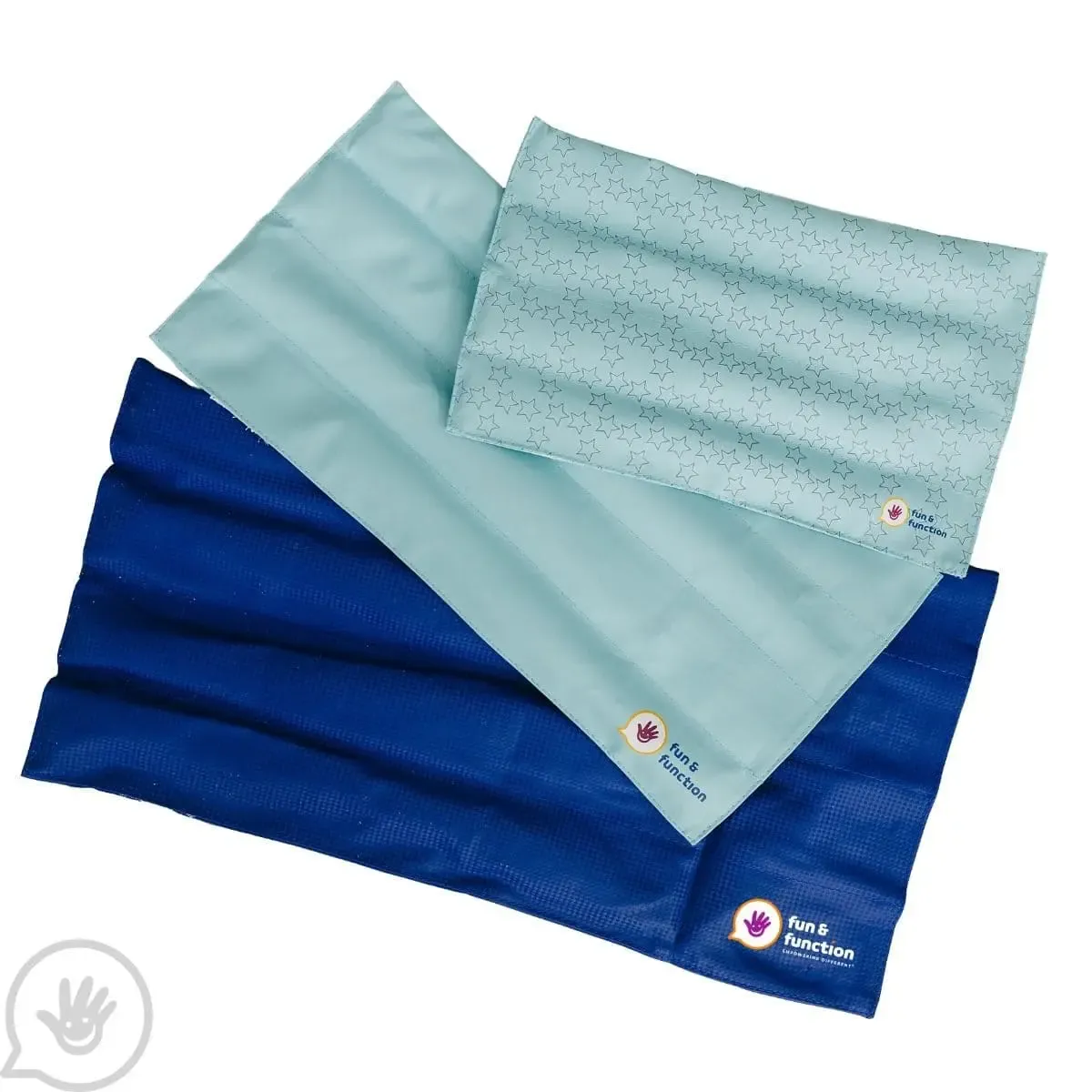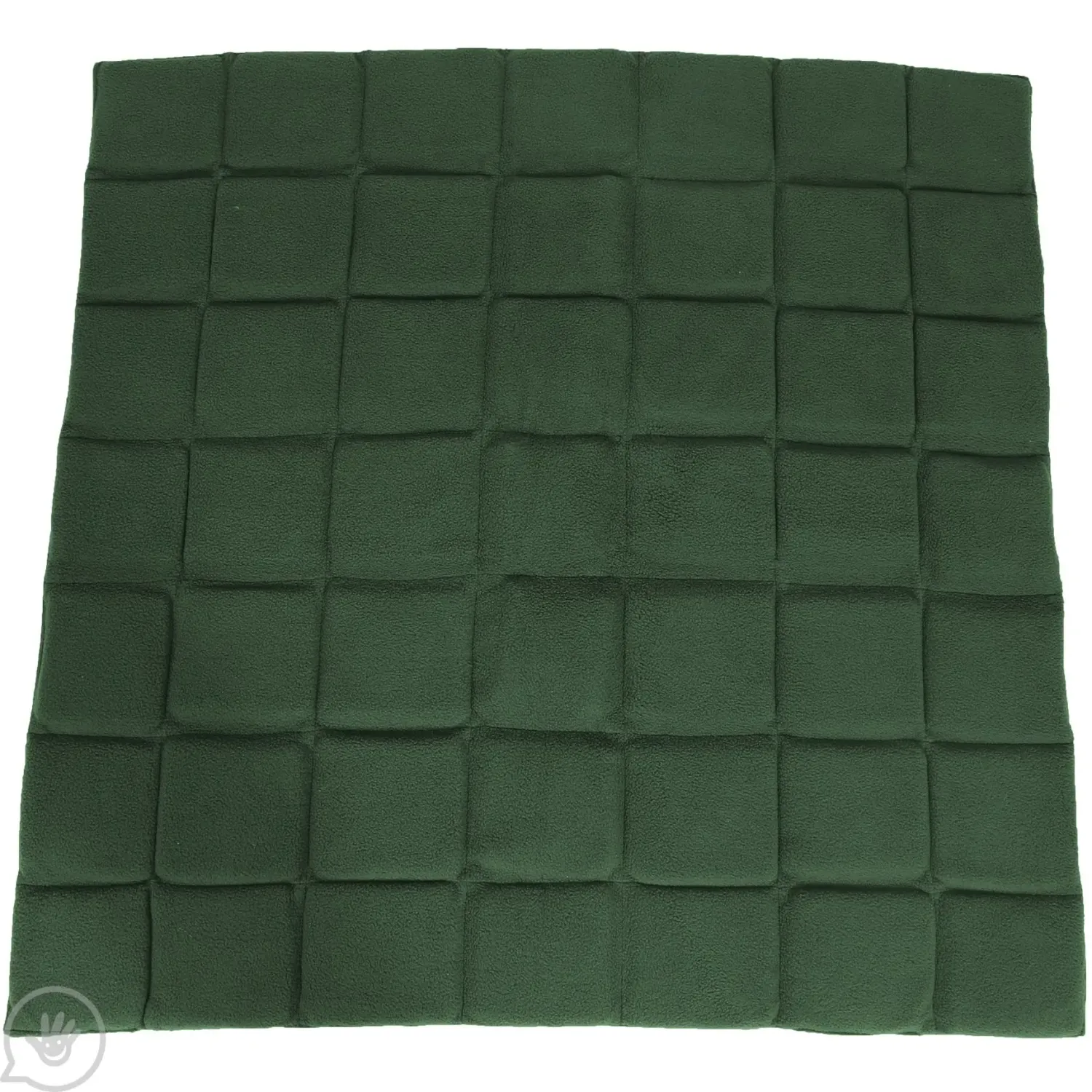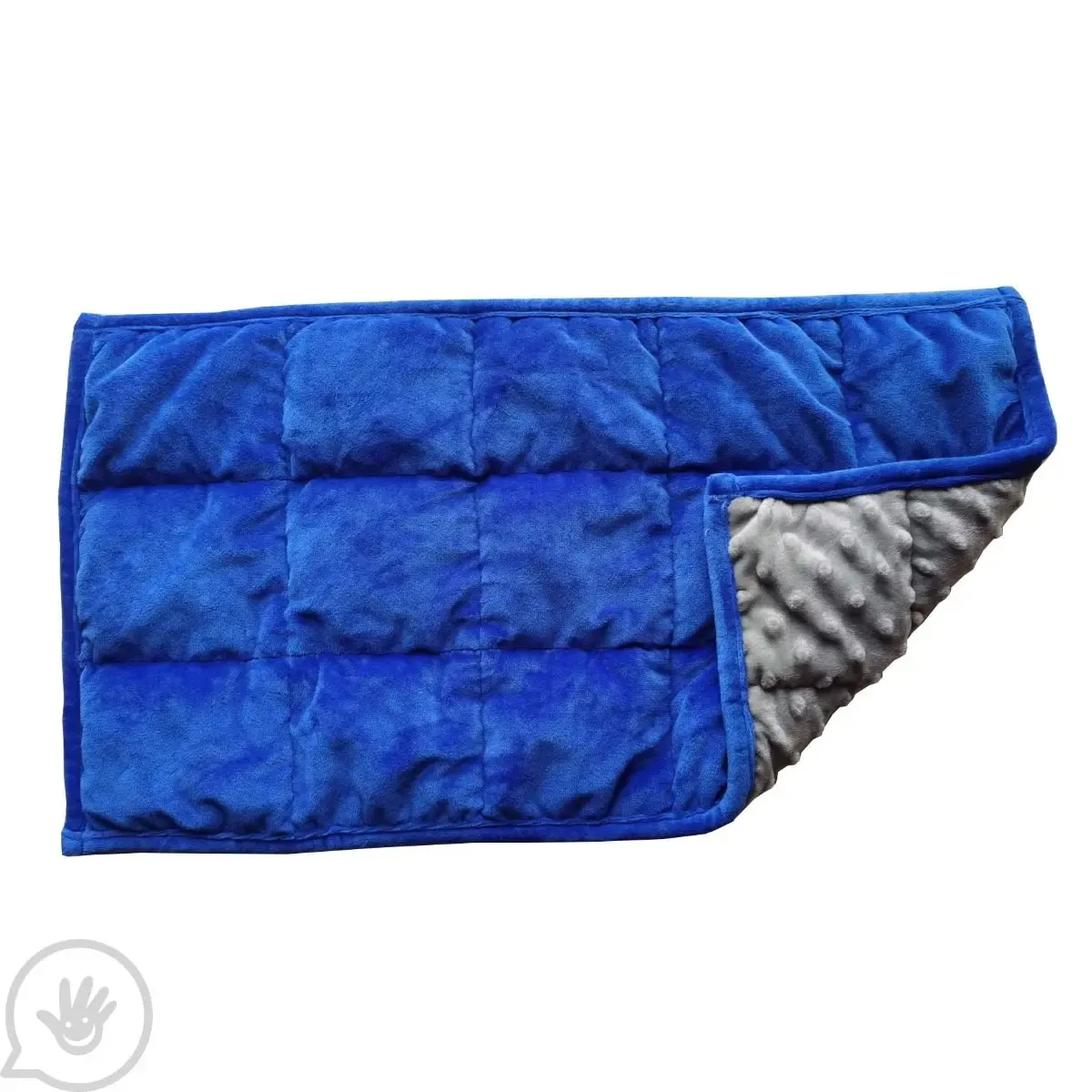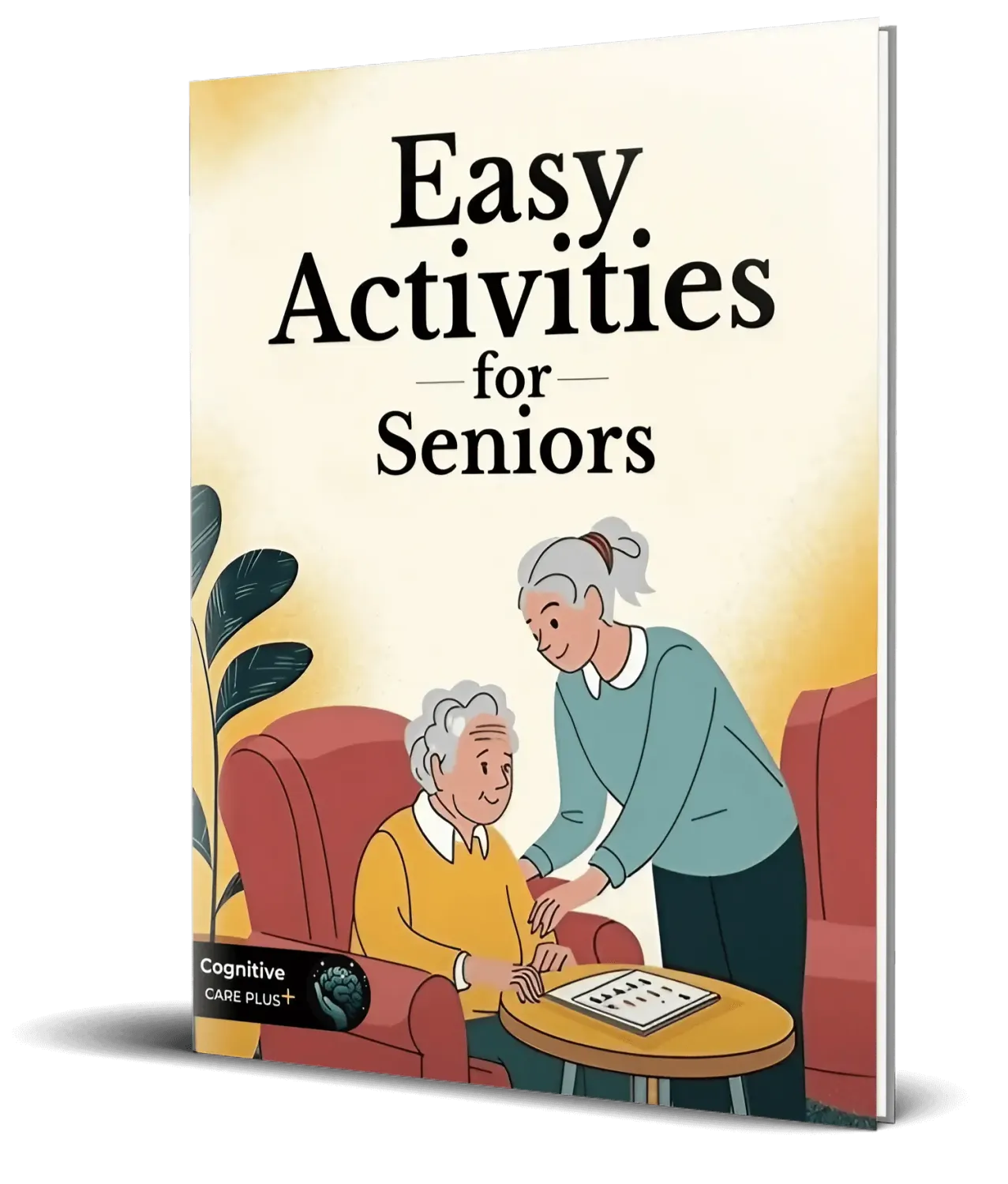Weighted Lap Blankets for Dementia Care: Comfort, Focus, and Relaxation
Introduction
Have you ever seen how a warm hug can instantly calm someone down? A weighted lap blanket works in a very similar way. For people living with dementia, these small therapeutic blankets are more than just cozy covers—they are tools that bring comfort, focus, and relaxation.
When I care for my own mother with Alzheimer’s, I often face restless evenings when she can’t sit still. A simple weighted lap blanket on her knees often gave her a sense of calm, like she was anchored in the moment. Many caregivers share the same story: these blankets help reduce agitation, improve focus during daily tasks, and provide peaceful breaks for both patient and caregiver.
In this guide, you’ll discover what weighted lap blankets are, how they work, their benefits, and how to choose the right one for dementia care.
🎧 Prefer to listen? Play our podcast episode below to learn how weighted lap blankets provide calming Deep Touch Pressure, ease anxiety, improve focus, and bring comfort to adults with dementia—while supporting caregivers in daily routines.
✨ Enjoyed the episode?
Subscribe to the Cognitive Care Plus Podcast for practical guides, expert insights, and compassionate support to help you care for your loved one with dementia.
What Are Weighted Lap Blankets?
A weighted lap blanket for adults is a smaller version of the popular weighted blankets you may have heard about. Instead of covering the entire body, it’s designed to rest comfortably across the lap. They usually come in manageable sizes, filled with glass beads or other materials that provide gentle, even weight.
Some people call them weighted sensory blankets, Weighted Lap Pads, or simply “comfort blankets.” Unlike full-size blankets, these are easier for seniors to use during the day—while sitting in a chair, eating, reading, or even coloring.
For people with dementia, these blankets act like a steadying companion—light enough to feel comfortable but heavy enough to provide reassurance.
How Do Weighted Lap Blankets Work?
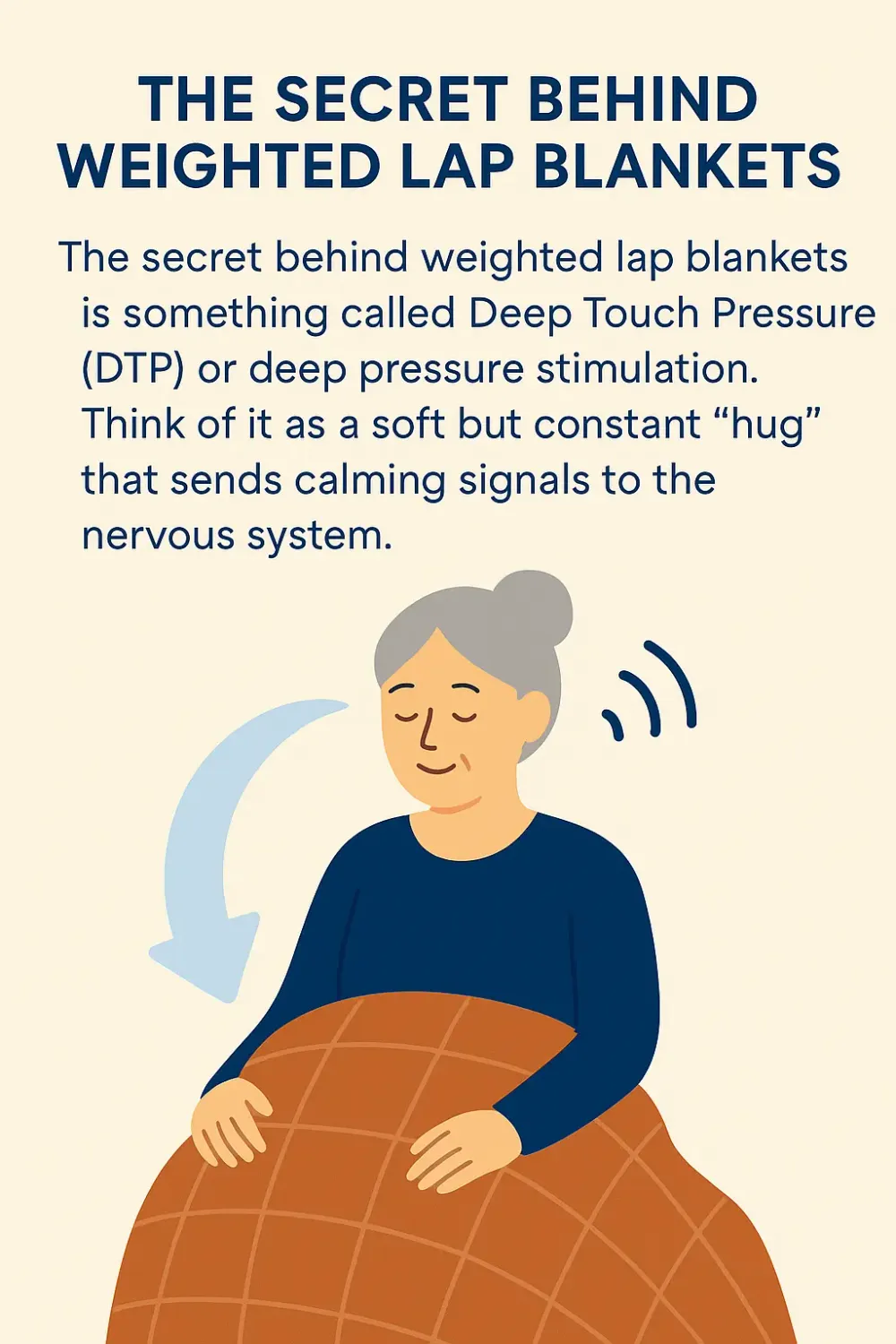
The secret behind weighted lap blankets is something called Deep Touch Pressure (DTP) or deep pressure stimulation. Think of it as a soft but constant “hug” that sends calming signals to the nervous system.
From a neuropsychological perspective, this gentle pressure can:
Lower anxiety by encouraging the release of serotonin and dopamine.
Improve focus by reducing sensory overstimulation.
Promote relaxation, much like when you tuck into bed with a cozy quilt.
In dementia care, sensory tools like Sensory Weighted Blankets help restore balance when agitation or confusion take over. It’s not magic—it’s science working in harmony with comfort.
Watch How Weighted Lap Blankets Help in Dementia Care
Many caregivers find that weighted lap blankets provide immediate comfort and calm for their loved ones. This short video from Brownsburg Meadows shows real-life examples of how these blankets are used in daily care routines, helping to reduce anxiety and agitation in people with dementia:
Benefits of Weighted Lap Blankets for Dementia Care
1. Comfort and Anxiety Relief
Dementia often brings restlessness or feelings of insecurity. A dementia blanket offers grounding comfort. Caregivers often describe how the extra weight feels like “a reassuring hand” resting on their loved one’s lap.
2. Focus and Engagement
Whether during meals, craft time, or therapy, a blanket for dementia patients can help maintain attention. By calming the nervous system, it reduces distractions and supports engagement in meaningful activities.
3. Relaxation and Better Rest
While they are not designed for overnight sleep, blankets for seniors can create moments of deep calm during the day. Many caregivers use them before bedtime routines to ease agitation and prepare for rest.
👉 The benefits of weighted blankets for adults go beyond dementia care—they promote emotional regulation and relaxation in many settings.
💡 Caregiver Insight
The benefits of weighted blankets for adults go beyond dementia care—they help support emotional regulation and relaxation in many settings. In fact, a recent study in acute care found that weighted blankets were not only safe and well-tolerated by people with dementia, but also helped reduce agitation and were highly accepted by both patients and caregivers (read the full study here). Many caregivers describe these blankets as “a reassuring hand,” offering comfort and calm exactly when it’s needed most.
Choosing the Right Weighted Lap Blanket
Here’s where many caregivers ask: “How much weighted blanket should I get?”
The general guideline is to choose a lap blanket that’s about 5–10% of the person’s body weight. Since these are smaller than full blankets, most range between 3 and 10 pounds.
Light options: weighted blanket 5 lbs → good for frail seniors or those sensitive to weight.
Medium options: weighted blanket 10 pounds or 12 lbs → suitable for average use.
Heavy options: weighted blanket 25 lbs → usually for full-size body blankets, not lap pads.
Other things to consider:
Material: Soft, washable fabrics are best for hygiene and comfort.
Breathability: Some caregivers worry: “Are weighted blankets hot?” The answer is: not if you choose breathable fabrics like cotton or bamboo blends.
Portability: Smaller lap blankets are easier to carry from the living room to the bedroom or even during travel.
Remember: always check with a healthcare professional if your loved one has circulation, breathing, or mobility issues before introducing weight.
Looking for the right weighted lap blanket? Here are three trusted options that bring comfort, calm, and gentle stimulation to your loved one’s dementia care routine.
Practical Tips for Caregivers
Introduce it during calm times. Place the weighted lap pad for adults on the lap during a relaxing activity like reading, music, or coloring.
Watch their reaction. If they seem more agitated, the blanket may be too heavy or warm.
Pair it with routines. Use it during daily transitions—before meals, quiet time, or bedtime.
Keep it clean. Many caregivers ask: “Can weighted blankets be washed?” Yes, most have removable, washable covers. Always check the care label.
Think of the blanket as a gentle assistant in your caregiving toolbox—not a cure, but a meaningful support.
FAQ
1. Do weighted lap blankets work?
Yes, research and caregiver experiences show they help reduce anxiety, improve focus, and promote relaxation, especially for seniors with dementia.
2. How heavy should a weighted lap pad be?
A lap blanket should generally be around 5–10% of the person’s body weight. For seniors, lighter options (3–5 lbs) are often best.
3. Are there different sizes of weighted lap pads?
Yes, they come in different shapes and sizes—some small and portable, others larger for extra coverage.
4. How to use a weighted lap blanket?
Place it across the lap during calm activities such as reading, eating, or listening to music. Always supervise to ensure comfort.
5. How do I clean a weighted lap pad?
Most come with removable, machine-washable covers. The inner weighted insert may need spot cleaning. Always check the care label.
6. Are weighted lap blankets hot?
Not necessarily. Breathable fabrics like cotton or bamboo keep them cool. Fleece or plush materials may feel warmer.
7. What are the pros and cons of weighted lap blankets?
Pros: Reduce agitation, increase focus, provide comfort, easy to use.
Cons: Not suitable for everyone (frail seniors, severe circulation issues), can feel too heavy or warm for some users.
8. Are weighted lap blankets safe for dementia patients?
Yes, when used correctly and with proper supervision. Always choose the right weight and avoid using them if the person has breathing, mobility, or circulation problems.
Conclusion
A weighted lap blanket for adults may look simple, but its effects are powerful. In dementia care, it becomes more than a blanket—it’s a source of comfort, focus, and relaxation.
For caregivers, it’s one of those tools that can turn stressful moments into calm ones, giving both you and your loved one space to breathe. Whether you call it a dementia blanket, a weighted lap pad, or a sensory blanket, the real value lies in the peace it brings.
👉 Looking for more engaging ideas for seniors? Explore all our categories to find activities, sensory tools, and brain-boosting resources for every stage of dementia care.
Join Our Caring Community 💙
Subscribe to receive practical tips, helpful resources, and engaging activities for supporting loved ones with memory challenges. Stay informed, stay empowered!
Share this article:
If this article helped you, share it with other caregivers who need encouragement.
💬 We’d love to hear from you!
Have you tried using weighted lap blankets for your loved one with dementia? What benefits have you noticed—calm, better focus, or improved rest? Did you face any challenges when introducing them? Share your experiences and tips in the comments below—your story could help another caregiver discover a source of comfort and peace.

Trending
Simple tools that make caregiving...
Turning simple play into a brain-boosting activity...
Here’s what to look for when choosing...

About me

Hi there 👋 My name is George Cassou, I'm a psychologist and the creator of this blog. Inspired by my journey caring for my mom with Alzheimer's, I share activities and tips to bring joy and connection.

Affiliate Disclosure:
This website contains affiliate links. If you click on these links and make a purchase, we may earn a small commission at no additional cost to you. These commissions help us keep this site running and allow us to continue creating helpful content to support caregivers and families.
